Xi'an - China
Home
Hungary
Cardinal József Mindszenty
1956 Hungarian Revolution (My Story)
(My Eyewitness story of our Freedomfight
and Resistance against the Soviet Invasion)
50th Anniversary of our Freedomfight
My Travel and Photos Pages
Africa
America - North
America - Central
America - South
Asia
Australia
Oceania
My China pages directory
Beijing or Peking
Beijing Buses
Beijing - Forbidden City
Beijing - Prince Gong Palace
Beijing - Summer Palace
Great Wall of China
Guangzhou or Canton
Guangzhou Buses
Guangzhou trains
Hong Kong
Hong Kong Airport
Hong Kong Buses
Hong Kong - Lantau Island
Kashgar or Kashi
Kashgar Buses
Kashgar Sunday Market
Macau
Ming Dynasty Tombs
Peking Man's Caves/Zhoukoudian
Shanghai
Shanghai Buses
Shanghai Maglev / Transrapid
Shanghai Metro
Shenzhen
Shenzhen Buses
Tibet
Tibet - Lhasa
Tibet - Lhasa Monasteries
Tibet - Lhasa - Potala
Turpan or Tulufan
Turpan - Amin Mosque
Turpan - Astana Graves
Turpan - Bezeklik Caves
Turpan - Crescent Moon Lake
Turpan - Dunhuang Caves
Turpan - Echoing-Sand Mountain
Turpan - Ediqut Ruins
Turpan - Emin Minaret
Turpan - Flaming Mountains
Turpan - Gaochang Ruins
Turpan - Grape Valley
Turpan - Green Mosque
Turpan - Jesus Sutras
Turpan - Jiaohe Ruins
Turpan - Karez System
Turpan - Maza Village
Turpan - Mogao Caves
Urumchi or Urumuchi
Xian
Xian Buses
Xian - Hua Qing Pool
Xian - Silk Factory
Xian - Silk Road Monuments
Xian - Terracotta Factory
Xian - Terracotta Army Museum
Yanan
Yanan Buses
Yanan Cave Dwellings
|

China facts & history in brief
 My China pages directory
My China pages directory
Map of China
Terracotta Army
Excerpted from Wikipedia, the free encyclopedia
The Terracotta Army (Pinyin: bingma yong; literally
"soldier and horse funerary statues") or Terracotta Warriors
and Horses is a collection of 8,099 larger than life Chinese
terra cotta figures of warriors and horses located near the
Mausoleum of the First Qin Emperor (Pinyin: Qín Shihuáng líng).
The figures vary in height according to their rank; the
tallest being the Generals.
The heights range is 184-197cm (6ft - 6ft 5in), or more than
a full foot taller than the average soldier of the period.
The figures were discovered in 1974 near
Xi'an, Shaanxi province, China.
The Terracotta Army was buried with the Emperor of Qin
(Qin Shi Huangdi) in 210-209 BC (his reign over Qin was
from 247 BC to 221 BC and unified China from 221 BC
to the end of his life in 210 BC).
Their purpose was to help rule another empire
with Shi Huangdi in the afterlife.
Consequently, they are also sometimes
referred to as "Qin's Armies".
The Terracotta Army was discovered in March 1974 by local
farmers drilling a water well to the east of Mount Lishan.
Mount Lishan is also where the material to make the
terracotta warriors originated.
In addition to the warriors, an entire man-made necropolis
for the emperor has been excavated.
Construction of this mausoleum began in 246 BC and is
believed to have taken 700,000 workers
and craftsmen 38 years to complete.
Qin Shi Huangdi was interred inside the tomb complex
upon his death in 210 BC.
According to the Grand Historian Sima Qian (145 BC-90 BC),
the First Emperor was buried alongside great amounts of
treasure and objects of craftsmanship, as well as a scale
replica of the universe complete with gemmed ceilings
representing the cosmos, and flowing mercury representing
the great earthly bodies of water.
Pearls were also placed on the ceilings in the tomb
to represent the stars, planets, etc.
Recent scientific work at the site has shown high levels of
mercury in the soil of Mount Lishan, tentatively indicating
an accurate description of the site's
contents by historian Sima Qian.
The tomb of Qin Shi Huangdi is near an earthen pyramid 76
meters tall and nearly 350 square meters.
The tomb presently remains unopened.
There are plans to seal off the area around the tomb with a
special tent-type structure to prevent corrosion
from exposure to outside air.
However, there is at present only one company in the world
that makes these tents, and their largest
model will not cover the site as needed.
The terracotta figures were manufactured both in workshops
by government laborers and also by local craftsmen.
It is believed that they were made in much the same way that
terracotta drainage pipes were manufactured at the time.
This would make it a factory line style of production, with
specific parts manufactured and assembled after being fired
as opposed to crafting one solid piece of terracotta
and subsequently firing it.
After completion, the terracotta figures were placed in the
pits in precise military
formation according to rank and duty.
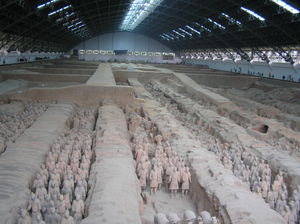
The terracotta figures are life-like and life-sized.
They vary in height, uniform and hairstyle in accordance with rank.
The colored lacquer finish, molded faces (each is individual),
and real weapons and armor used in manufacturing these
figures created a realistic appearance.
The weapons were stolen shortly after the creation of
the army and the coloring has mostly faded.
However, their existence served as a testament to the
amount of labour and skill involved in their construction.
It is also proof of the incredible amount of power
the First Emperor possessed to order such a monumental
undertaking as the manufacturing of the terracotta army.
It is believed that the terracotta warriors were based
on true people as every face has
different facial features and expressions.
There is evidence of a large fire that burned the wooden
structures once housing the Terracotta Army.
The fire was described by Sima Qian, who described them as
the consequences of General Xiang Yu, who raided the tomb
less than five years after the death of the First Emperor,
as that the effects of General Xiang's army included looting
of the tomb and structures holding the Terracotta Army,
as well as setting fire to the necropolis and starting a
blaze that lasted for allegedly three months, though no
other recorded great fire in history ever lasted more
than seven days (other great notable fires: Great Fire of Rome,
1871 Great Chicago Fire, London fire, Fire of Moscow (1812).
Because of this, only one statue has survived intact: a statue
of a kneeling archer. Despite the fire, however, much of
the remains of the Terracotta Army still survive in
various stages of preservation, surrounded by
remnants of the burnt wooden structures.

For a more information about
Terracotta Army see Wikipedia, the free encyclopedia

This page was retrieved and condensed from
(http://en.wikipedia.org/wiki/Terracotta_Army)
see Wikipedia, the free encyclopedia, November 2007.
All text is available under the terms of the
GNU Free Documentation License
(see
Copyrights for details).
About Wikipedia
Disclaimers

This information was correct in November 2007. E. & O.E.

Hui Chin and I spent a few very memorable days in Xi'an.
We've visited most of the attractionsin and around Xi'an,
some of them by conducted tours some of them individually.
Terracotta Army Museum complex and Imperial City or Huaqing
Palace or Daming Palace or the Huaqing Hot Springs and a
few other places we visited with guided tours and while it is
a reasonable value for money spent a lot of our time was
wasted visiting commercial places like the Terracotta
Factory, where we expected to spend some money, so the
tour organisers or the bus driver or guide will get
some kind of "kick-back", commission or something.
During our trips we encountered very many such tours and
visiting these commercial places like jewelery factories
etc., but only one person, a very likeable Tuk-Tuk driver
in Bangkok asked us if we don't mind to stop at a such of
place, where he gets some petrol coupons for his Tuk-Tuk,
regardless whether we buy anything and we can have a
bit of a rest in a air-conditioned place and some free
refreshments.
These things are usually available at most places and
there are no real pressure on us to purchase anything.
I mean - 'real pressure', because you will be 'talked to'
and 'shown' some merchandise and 'tempted' by huge
price 'reductions' 'just for you', but no real pressure
is used on you to succumb.
They usually have some educational value as well, as
someone usually dwells into some explanations about
the manufacture of some item and some other things,
like the different kind of jades
etc. etc. etc. for example.

What is not mentioned anywhere is that the Terracotta Army
Museum and the Qin Mausoleum set in a very large
garden like field with many other exibits all around,
like some showing ancient ways of getting water from
one place to the other using buried or surface
perfectly fitting terracotta pipes, much like today's
cities' drainage system. (We've seen the Karez System
in Turpan, which is still working right now).

2007
You can click on these photos for an enlargement.
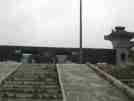 |
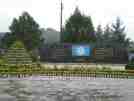 |
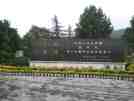 |
 |
| Terracotta Army Museum |
Terracotta Army Museum |
Terracotta Army Museum |
Terracotta Army Museum |
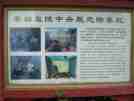 |
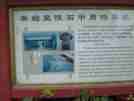 |
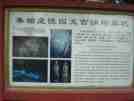 |
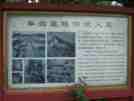 |
| Terracotta Army Museum |
Terracotta Army Museum |
Terracotta Army Museum |
Terracotta Army Museum |
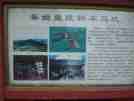 |
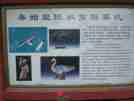 |
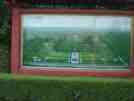 |
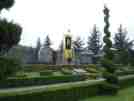 |
| Terracotta Army Museum |
Terracotta Army Museum |
Terracotta Army Museum |
Terracotta Army Museum |
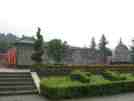 |
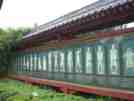 |
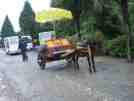 |
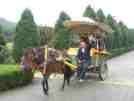 |
| Terracotta Army Museum |
Terracotta Army Museum |
Terracotta Army Museum |
Terracotta Army Museum |
 |
 |
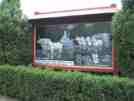 |
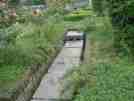 |
| Terracotta Army Museum |
Terracotta Army Museum |
Terracotta Army Museum |
Terracotta Army Museum |
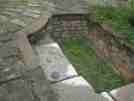 |
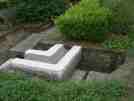 |
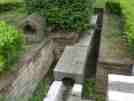 |
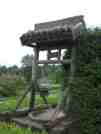 |
| Terracotta Army Museum |
Terracotta Army Museum |
Terracotta Army Museum |
Terracotta Army Museum |
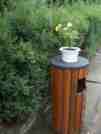 |
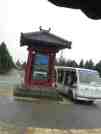 |
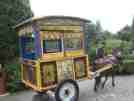 |
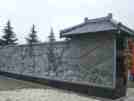 |
| Terracotta Army Museum |
Terracotta Army Museum |
Terracotta Army Museum |
Terracotta Army Museum |
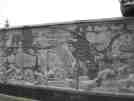 |
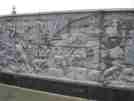 |
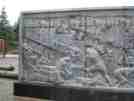 |
 |
| Terracotta Army Museum |
Terracotta Army Museum |
Terracotta Army Museum |
Terracotta Army Museum |
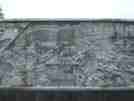 |
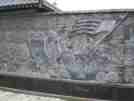 |
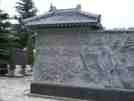 |
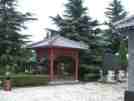 |
| Terracotta Army Museum |
Terracotta Army Museum |
Terracotta Army Museum |
Terracotta Army Museum |
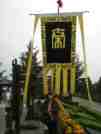 |
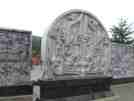 |
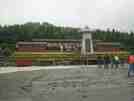 |
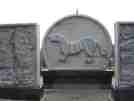 |
| Terracotta Army Museum |
Terracotta Army Museum |
Terracotta Army Museum |
Terracotta Army Museum |
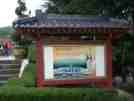 |
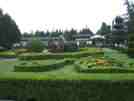 |
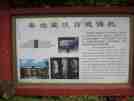 |
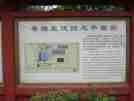 |
| Terracotta Army Museum |
Terracotta Army Museum |
Terracotta Army Museum |
Terracotta Army Museum |
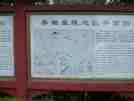 |
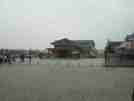 |
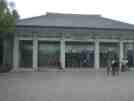 |
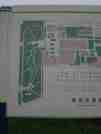 |
| Terracotta Army Museum |
Terracotta Army Museum |
Terracotta Army Museum |
Terracotta Army Museum |
 |
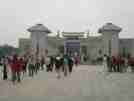 |
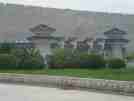 |
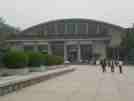 |
| Terracotta Army Museum |
Terracotta Army Museum |
Terracotta Army Museum |
Terracotta Army Museum |
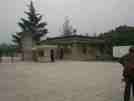 |
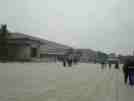 |
 |
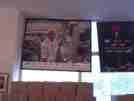 |
| Terracotta Army Museum |
Terracotta Army Museum |
Terracotta Army Museum |
Terracotta Army Museum |
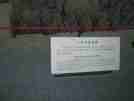 |
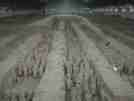 |
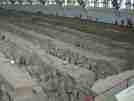 |
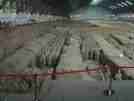 |
| Terracotta Army Museum |
Terracotta Army Museum |
Terracotta Army Museum |
Terracotta Army Museum |
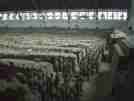 |
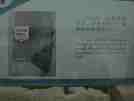 |
 |
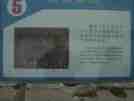 |
| Terracotta Army Museum |
Terracotta Army Museum |
Terracotta Army Museum |
Terracotta Army Museum |
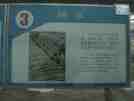 |
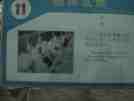 |
 |
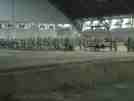 |
| Terracotta Army Museum |
Terracotta Army Museum |
Terracotta Army Museum |
Terracotta Army Museum |
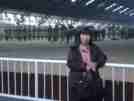 |
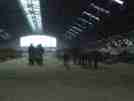 |
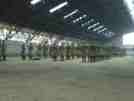 |
 |
| Terracotta Army Museum |
Terracotta Army Museum |
Terracotta Army Museum |
Terracotta Army Museum |
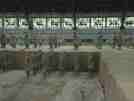 |
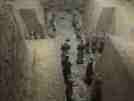 |
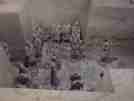 |
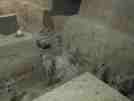 |
| Terracotta Army Museum |
Terracotta Army Museum |
Terracotta Army Museum |
Terracotta Army Museum |
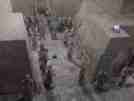 |
 |
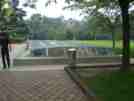 |
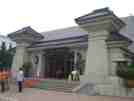 |
| Terracotta Army Museum |
Terracotta Army Museum |
Terracotta Army Museum |
Terracotta Army Museum |
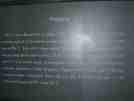 |
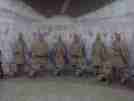 |
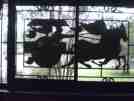 |
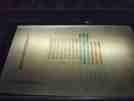 |
| Terracotta Army Museum |
Terracotta Army Museum |
Terracotta Army Museum |
Terracotta Army Museum |
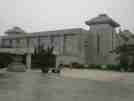 |
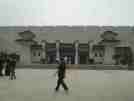 |
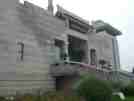 |
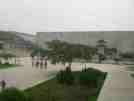 |
| Terracotta Army Museum |
Terracotta Army Museum |
Terracotta Army Museum |
Terracotta Army Museum |
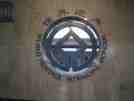 |
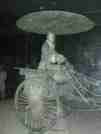 |
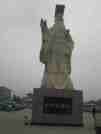 |
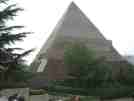 |
| Terracotta Army Museum |
Terracotta Army Museum |
Terracotta Army Museum |
Pyramid of Xi'an |

|
Site Index
Back to Top
Photos Index
Thanks for coming, I hope you
have enjoyed it, will recommend
it to your friends, and will come
back later to see my site developing
and expanding.
I'm trying to make my pages
enjoyable and trouble free for everyone,
please let me know of any mistakes
or trouble with links, so I can
fix any problem as soon as possible.
These pages are best viewed with
monitor resolution set at
800x600 and kept simple on purpose so
everyone can enjoy them across all media and
platforms.
Thank you.
Webmaster

|